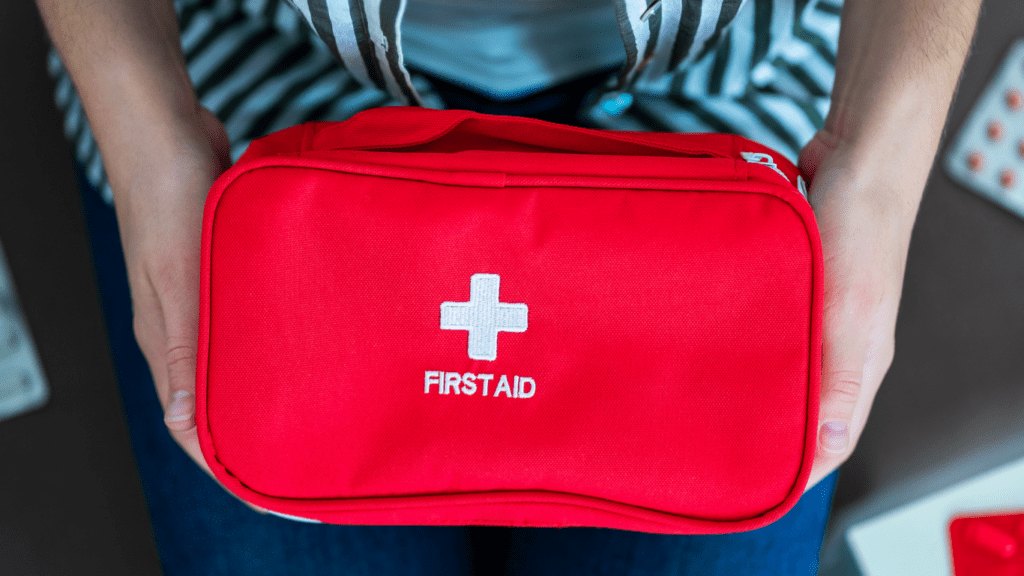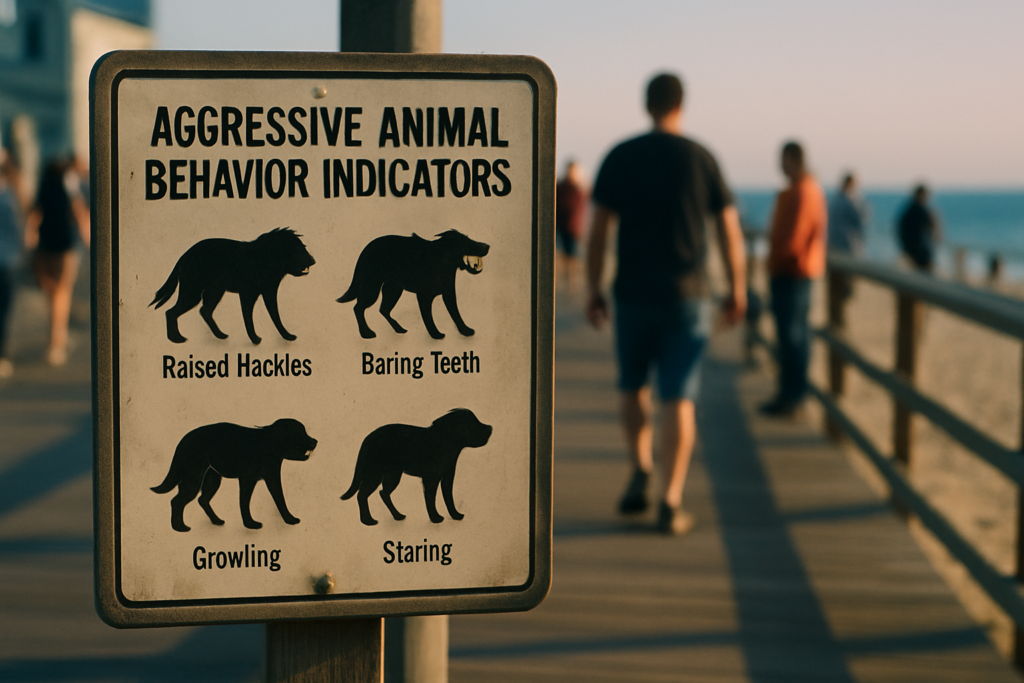Understanding Pet First Aid
Pet first aid is essential for any responsible owner. Immediate actions can save a pet’s life during emergencies.
The Importance of First Aid for Pets
Every second counts in emergencies. Providing prompt first aid helps stabilize your pet before reaching a vet. This immediate care can prevent a minor injury from becoming severe. Recognizing the importance of first aid ensures your pet’s well-being.
Basic Skills Every Pet Owner Should Learn
Some basic skills are crucial for every pet owner. Learning how to perform CPR on pets can maintain heart and lung function until professional help arrives.
Knowing how to control bleeding by applying pressure or using bandages can prevent excessive blood loss. Understanding how to treat burns using cool water can minimize tissue damage.
Recognizing signs of choking and knowing how to perform the Heimlich maneuver can save a pet’s life.
| Skill | Description |
|---|---|
| Pet CPR | Maintain heart and lung function in emergencies |
| Bleeding Control | Apply pressure or use bandages to prevent blood loss |
| Burn Treatment | Use cool water to minimize tissue damage |
| Choking Relief | Perform Heimlich maneuver to clear airway |
These skills equip owners to act confidently, ensuring pets receive immediate and effective care.
Common Injuries and Emergencies in Pets
Pets, like humans, can face various injuries and emergencies. Prompt identification and action can help mitigate the severity of these incidents.
How to Handle Cuts and Bruises
Pets might get cuts and bruises from sharp objects or rough play. Clean the area with water to remove debris. Apply antiseptic to prevent infection. For bleeding, apply pressure with a clean cloth until it stops. If the cut is deep or doesn’t stop bleeding within 10 minutes, see a vet.
Dealing With Poisoning and Allergic Reactions
Pets may ingest toxic substances or develop allergies. Symptoms of poisoning include vomiting, diarrhea, drooling, and lethargy. Contact a vet immediately if poisoning is suspected.
For allergic reactions, look for signs like swelling, hives, and excessive scratching. Administer antihistamines as directed by a vet and seek professional help without delay.
Heatstroke and Cold Injuries
Pets can suffer from heatstroke and hypothermia. For heatstroke, signs include excessive panting, drooling, and weakness. Move the pet to a cool area, provide water, and dampen their fur with wet towels.
For cold injuries, look for shivering, lethargy, and pale gums. Use blankets to warm the pet gradually and avoid direct heat sources. In both cases, consult a vet as soon as possible.
Preparing a Pet First Aid Kit
Creating a pet first aid kit ensures you’re ready to handle emergencies effectively. Let’s explore the essential items and customization tips.
Essential Items for Your Pet’s First Aid Kit
Including comprehensive items in a pet first aid kit provides immediate care during emergencies.
Here’s a list of key components:
- Gauze Pads: Use sterile gauze pads to clean and cover wounds.
- Bandages: Include adhesive bandages and non-stick bandages to secure wound dressings.
- Antiseptic Wipes: Clean wounds and reduce infection risks with antiseptic wipes.
- Tweezers: Remove splinters and foreign objects using tweezers.
- Digital Thermometer: Monitor your pet’s temperature accurately with a digital thermometer.
- Hydrogen Peroxide: Induce vomiting in poisoning cases under veterinary advice with hydrogen peroxide.
- Scissors: Cut bandages and gauze or trim fur around wounds using blunt-end scissors.
- Saline Solution: Clean eyes and wounds with saline solution to reduce irritation.
- Disposable Gloves: Maintain hygiene and prevent contamination with disposable gloves.
- Emergency Blanket: Keep your pet warm in shock or hypothermia scenarios using an emergency blanket.
Customizing Your Kit Based on Pet Needs
Adapting the first aid kit to your pet’s specific needs enhances its effectiveness.
Consider these factors:
- Pet Size: Larger pets may require larger bandages and more supplies; adjust quantities accordingly.
- Health Conditions: Include specific medications and supplies for pets with chronic conditions (e.g., insulin for diabetic pets).
- Allergies: Add antihistamines and aloe vera gel for pets with known allergies.
- Activity Level: Incorporate items like paw balm and insect repellent for active pets that spend much time outdoors.
- Age: Seniors might need joint supplements and dog pain relief medications included in the kit.
Prepare a pet first aid kit that caters to your pet’s unique needs, ensuring prompt and effective care during emergencies.
Taking Action During a Pet Emergency

Responding promptly and calmly in a pet emergency can make a significant difference in outcomes. I focus on assessing the situation and determining when to seek professional help.
Steps to Assess the Situation
First, evaluate the pet’s condition. Check for vital signs like breathing and heartbeat. If the pet isn’t breathing, begin CPR immediately as every second counts.
Look for visible injuries such as cuts or burns. In the case of bleeding, apply firm pressure with a clean cloth. For suspected fractures, immobilize the affected area to prevent further damage.
Second, identify immediate threats. Remove any hazards that may worsen the condition, such as toxic substances or sharp objects. Keep the pet calm and avoid unnecessary movement.
When to Call a Veterinarian
Contact a veterinarian in severe cases. If the pet shows signs of poisoning, such as drooling or seizures, immediate veterinary attention is crucial.
Allergic reactions warrant a call, especially if swelling or difficulty breathing is observed. Heatstroke symptoms like excessive panting or lethargy also require urgent care.
Discuss the pet’s symptoms clearly when calling the vet. Provide as much detail as possible to ensure accurate advice and timely intervention.
Pet First Aid Training and Resources
Proper training and resources can make a significant difference in emergency situations involving pets. Learning the right skills not only boosts confidence but can also save your pet’s life.
Finding Courses and Certifications
Numerous organizations offer pet first aid courses that include certification. The American Red Cross provides comprehensive training covering CPR, bleeding control, and more.
Many local animal shelters and veterinary clinics also offer classes, either in-person or online. Certification programs add an extra layer of credibility and assurance about your skills.
Online Resources and Mobile Apps
Digital resources offer great flexibility for learning and quick reference during emergencies. Websites like PetMD and the American Veterinary Medical Association provide detailed first aid guides.
Mobile apps like Pet First Aid by the American Red Cross offer instant access to tutorials, videos, and emergency protocols. These tools can be lifesavers when immediate answers are needed.


